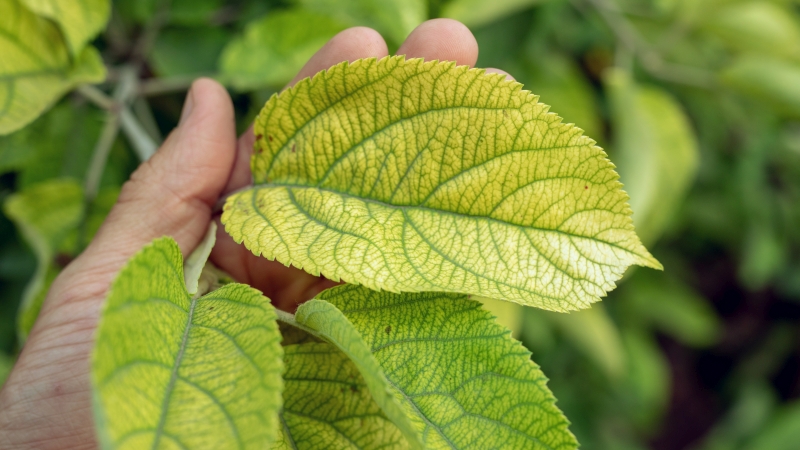Robot Hopes to Solve Challenge of Under-Cover Pollination for Berries

The BrambleBee is an autonomous pollinator developed by researchers at West Virginia University. BrambleBee hopes to maximize pollination for berries under cover, where bees often struggle to perform effectively. (Photo: Nicole Waterland)
High-tunnel berry production offers many advantages of starting earlier or even extending the growing season. However, pollination is much more difficult under cover, as the diffusion of light interferes with honey bees’ navigation. And with challenges of the availability of high-tunnel-compatible pollinators, a team of researchers at West Virginia University (WVU) is looking to improve pollination efficiency and uniform coverage.
Enter the BrambleBee, which, as you guessed it, is an autonomous pollination robot designed to work with bramble plants in a greenhouse. What makes the BrambleBee interesting is the research team’s approach to how pollinators function and where a robot could improve upon those bee functions. This project is funded by the USDA National Institute of Food and Agriculture’s National Robotics Initiative.
“A robotic pollinator does not need to rest and could potentially pollinate continually,” Dr. Nicole Waterland, Associate Professor of Horticulture at WVU says. “We wanted to incorporate a modern technology into horticultural crop production. The bigger issue was the declining population of pollinators such as bees. Nearly 70% of crops depend on the pollinators. It is really a serious issue, and we need to do something about it.”
Dr. Yu Gu, Associate Professor of Mechanical and Aerospace Engineering at WVU, is quick to point out that this autonomous device is not an all-out substitution for honey bees.
“We are not aiming at replacing bees,” he says. “We are hoping to use the robotic pollinator in places where bees are not available or not enough.”
Cutting-Edge Processing
What makes this project interesting is how the robotics research team, led by Dr. Gu, had to tackle several unique problems with one device.
“The project involves several robotics challenges in terms of robust robot localization and mapping of surroundings; performing and planning to efficiently pollinate a large number of flowers that are time varying; detection and estimation of the position and orientation of flowers in cluttered backgrounds; and manipulation of individual flowers for pollination,” he says.
Dr. Waterland worked directly with Dr. Gu and her research team to integrate the BrambleBee prototype within a controlled environment. Gu and her team developed cutting-edge computer vision techniques to detect and record flower locations.
“The algorithms were developed through processing thousands of flower pictures that were collected and labeled by us,” Gu says.
Then the robot determines which flowers are ready for pollination and are easy to reach, which helps it properly pollinate those flowers. The team also mimicked the scopa, or hairs, on honey bees for BrambleBee’s pollination tool, which the team calls an end effector.
“It uses a specially designed end effector to physically touch each flower and transfer the pollen,” Gu says.
Ground Truthing
Gu says the speed for capturing and processing each image with multiple flowers is fairly fast, although that has not been a focus of the research. The project is still in its early stages, but the team says the developments made are promising.
“One of the most complex parts of the project could be the integration of all the technologies to create a functional robot,” Waterland says.
For now, the team is looking to improve the system’s speed and integrate decision making for more complicated situations within the bramble patches. Gu says once the team is happy with the status of the prototype, they plan to compare robotic pollination, manual pollination, and bee pollination to determine the autonomous device’s effectiveness.
“We hope this is the beginning of a new era in crop production using robotic systems,” Waterland says. “We would like to utilize this platform as a start to create a robot that could act as a grower’s assistant. We hope the robot could help with monitoring the health status of the plant, e.g., monitoring water status and nutrient needs.”










